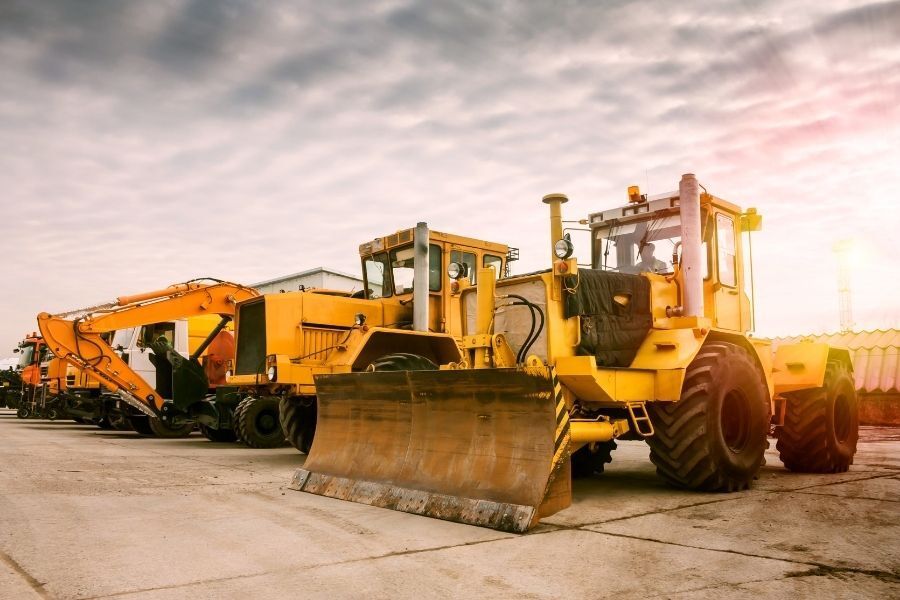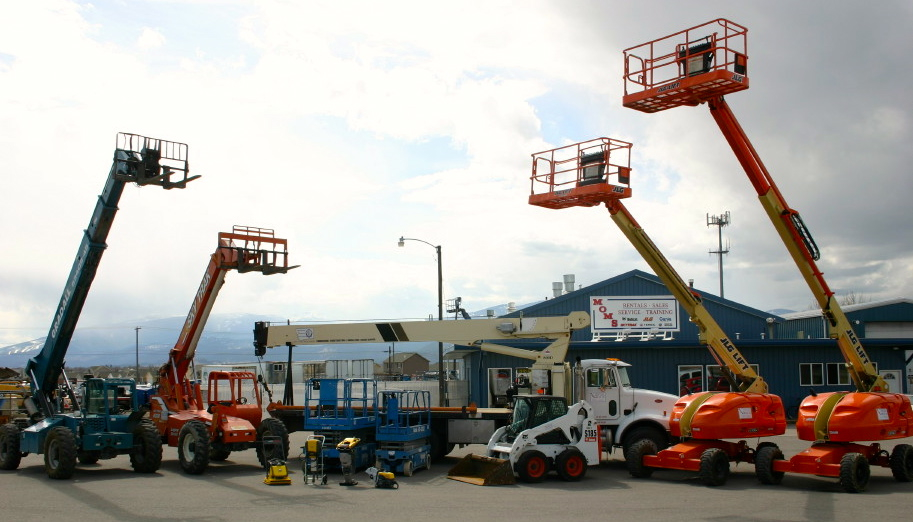Forklift Rental: Heavy Lifting Equipment for Warehousing and Much more
Forklift Rental: Heavy Lifting Equipment for Warehousing and Much more
Blog Article
Maximize Your Budget by Recognizing the Prices Connected With Building Equipment Services
Recognizing the full range of prices associated with building tools rentals is vital for optimizing your budget. What methods can be used to effectively handle these expenses and make certain a more efficient rental experience?
Summary of Rental Costs
When taking into consideration building equipment services, comprehending the associated expenses is critical for effective budgeting and job planning. Rental expenses can differ substantially based on numerous factors, including equipment kind, duration of leasing, and location. The preliminary rental charge typically mirrors the equipment's market need and its associated operational capacities, influencing the general expenditure.
Along with the base rental rate, secondary expenses might develop, such as transport costs, gas surcharges, and upkeep costs. It is important to make up these additional costs to precisely analyze the total expense of renting out tools. Additionally, the rental period can influence rates; longer rentals may get affordable prices, while temporary rentals may incur greater day-to-day costs.

Malfunction of Rental Prices
A detailed understanding of rental rates is vital for professionals and job managers aiming to maximize their spending plans. Rental prices for building equipment generally contain numerous parts, including base rates, time-based costs, and usage costs.
Base rates are the core charges linked with the rental of the equipment, often established by the kind and size of the equipment. These prices can vary significantly, affected by aspects such as devices need, accessibility, and regional market fads. Time-based fees, which may be daily, weekly, or monthly, offer to fit different job timelines and rental durations.
In addition, rental prices may consist of usage costs, which apply when equipment is made use of beyond a defined threshold, ensuring that the rental business can account for damage. Seasonal demand variations can likewise influence rental rates, with peak building and construction seasons typically regulating greater costs.
Moreover, comprehending the rental company's policies pertaining to maintenance and insurance policy can offer more insight right into the total cost framework. By analyzing these elements, contractors can make educated choices, ensuring the choice of rental tools aligns with both job needs and budget restrictions.
Extra Costs to Consider
Understanding the complexities of extra charges is critical for contractors to manage their general leasing costs successfully. Past the common rental prices, numerous supplementary charges can significantly impact the total cost of equipment rental. These fees often consist of distribution and pick-up fees, which can differ based upon distance and logistics associated with transferring the equipment to and from the job site.
Additionally, some rental firms may enforce fuel additional charges if the tools is returned with less fuel than when rented. It is likewise necessary to recognize possible cleaning costs, specifically for specific equipment that requires detailed upkeep after use.

Extensively evaluating the rental agreement and making clear these extra costs in advance can help service providers make certain and prevent unexpected expenses that budgets continue to be intact throughout the job lifecycle.
Maintenance and Repair Service Expenses
Routine repair and maintenance expenses are commonly overlooked aspects that can considerably affect the overall expense of building and construction tools services. When leasing tools, it is essential to take into consideration not only the rental charges yet also the prospective prices associated with maintaining the equipment in optimal operating condition.
Lots of rental business consist of standard maintenance as component of the rental agreement; nonetheless, much more unexpected break downs or substantial fixings can lead to additional costs. It's necessary to review the rental contract thoroughly to comprehend what maintenance services are covered and what obligations drop on the occupant.
In addition, tools that is not well-maintained can result in ineffectiveness on the task site, potentially boosting and pop over to this web-site creating hold-ups job expenses. To alleviate these dangers, it is a good idea to carry out routine assessments and preserve open communication with the rental company relating to any type of problems that occur during usage.
Insurance Policy and Responsibility Expenses
Insurance coverage and obligation costs are crucial components that can significantly influence the general cost of construction equipment services (rental company near me). These prices guarantee that both the rental company and the customer are secured from prospective financial losses emerging from mishaps, damage, or burglary during the rental period

Additionally, clients need to be conscious of any kind of deductibles or exclusions in the insurance coverage, as these can impact potential out-of-pocket costs. Recognizing the terms of any type of insurance policy coverage is crucial to avoid unforeseen prices. Ultimately, budgeting for insurance policy and liability costs can aid ensure a smoother rental experience and safeguard versus economic risks related to building and more tips here construction projects.
Final Thought
In verdict, a comprehensive understanding of the expenses connected with building and construction equipment rentals is necessary for web link reliable budget management. By evaluating rental prices, added costs, upkeep expenses, and insurance demands, companies and people can lessen unanticipated expenses. This critical strategy not just boosts cost-effectiveness but also guarantees that jobs advance efficiently and successfully. Inevitably, educated decision-making pertaining to tools rentals contributes to the overall success of building and construction undertakings.
Rental prices can differ considerably based on several elements, consisting of equipment type, period of rental, and area (mini excavator rental). The rental duration can impact rates; longer leasings might qualify for discounted prices, while short-term services might sustain higher day-to-day fees
By conducting detailed research study and involving with trustworthy rental business, contractors can successfully navigate the intricacies of rental pricing, eventually optimizing their monetary sources.
Past the conventional rental rates, different supplementary fees can significantly influence the overall price of equipment leasing. Rental firms frequently supply liability insurance coverage that covers injuries to 3rd parties or damages to residential or commercial property, while devices damages insurance can cover the expense of repair services or substitute if the rented equipment is harmed.
Report this page